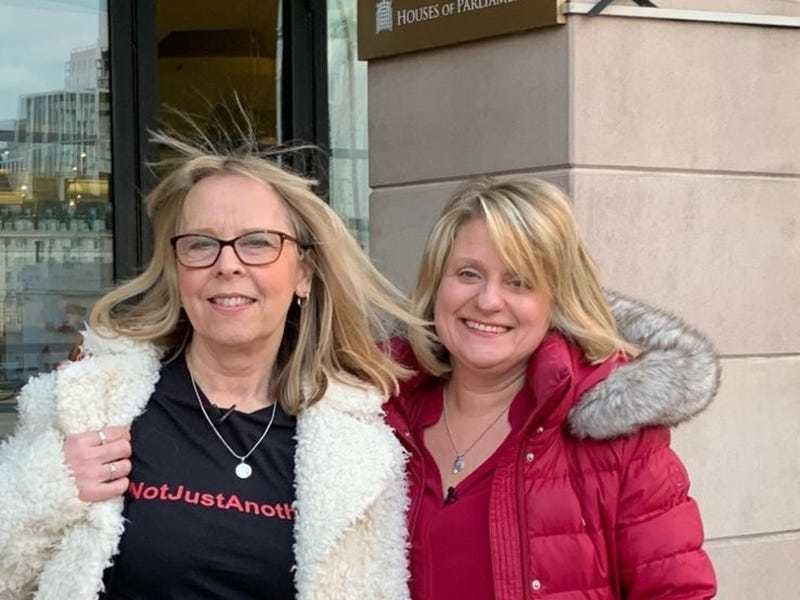Sponsored Content
By David Postlethwaite, ESG advisory associate director at KPMG in the Crown Dependencies
THE global pandemic led many of us here in Jersey to rediscover the value of nature to our wellbeing. It also reminded us that in the modern world – with all its advances – it is easy to overlook how much our very existence is underpinned by the unique ecosystems within our fragile ‘pale blue dot’.
Biodiversity – the variety of living organisms on Earth – is crucial for the functioning of those ecosystems. It provides a wide range of essential services including pollination, climate regulation, water purification and disease control. A truly sustainable economic model is one that recognises these interdependencies and values the services which nature provides, ensuring that, as a species, we live within our means.
Today’s business practices, however, are leading to a rapid deterioration of global biodiversity. Unsustainable production and consumption patterns – alongside widespread overexploitation – mean that businesses around the world are depleting the very resources on which they rely to function.

Putting a price on nature
The scale of our dependency on nature is staggering. More than half the world’s economic output is dependent on nature. Its contribution is estimated at more than US$125 trillion per year, while more than 50% of the world’s GDP is moderately or highly dependent on nature and its services.
Our over-exploitation of the natural world is thus undermining our future economic prosperity. It decreases the value of assets and investments and brings considerable financial risk. For the past four years, biodiversity loss has featured as one of the top five economic risks in the World Economic Forum’s Annual Global Risk Reports.
The Dasgupta Review – an independent review on the economics of biodiversity commissioned by the UK Treasury in 2019 – explores this in greater detail. It found, among other things, that the demands humanity places on nature are equivalent to the sustainable output of 1.6 Earths.
A global awakening
What is being done to address this crisis? This past December saw thousands of delegates attend COP15 in Montreal to discuss the escalating loss of biodiversity worldwide and the need for governments and businesses to pay careful attention.
Among the most significant actions to emerge from COP15 was the launch of the Kunming-Montreal Global Biodiversity Framework. This has been referred to as a ‘Paris Agreement for Nature’, likening the GBF to the global climate change commitments reached in Paris in 2015.
It is a landmark agreement outlining several target achievements and overarching goals, including reducing biodiversity loss and protecting 30% of oceans by 2030 (known as ‘30 by 30’).
What sets the decisions made at COP15 apart from previous biodiversity pledges is that the private sector is expected – more than ever – to play a pivotal leadership role. Protecting and harnessing nature in a positive way should, then, be high on investors’ and regulators’ agendas.
Harnessing the power of private investment
Various mechanisms are already in place to harness the power of global business in tackling the nature crisis. While government policy levers such as taxes, polluter-pays levies and financial incentives are helpful, the scale of the challenge is such that massive investment is needed.
Naturally the philanthropic and conservation sectors have a huge role to play. As Islanders, we know that organisations such as the Durrell Wildlife Conservation Trust are vital to restoring habitats globally, working with local communities to promote sustainable livelihoods that are nature positive. The organisations are increasingly looking to innovative mechanisms such as biodiversity credits to attract private capital into their projects.
Investors looking for returns that go beyond the purely financial have been turning to investments such as the World Bank’s Rhino Bonds, which fund socially inclusive conservation projects and link performance to rhino population increases.
The so-called blue economy is another area of mostly untapped potential. This includes traditional economic activities such as fishing and shipping but also tourism.
Mechanisms such as blue bonds allow island nations like ours to raise discounted capital from impact-focused investors. This could help to develop new ways of working within the blue economy that generate prosperity, while contributing to biodiversity restoration through seagrass projects, for example.
Soil health is another often-neglected area but one which is increasingly attracting investment from private capital eager to deliver nature-positive returns by investing in practices such as regenerative agriculture and soil carbon sequestration.
The recent Nature Summit, hosted by the Government of Jersey, explored the role of farmers and landowners in delivering ‘biodiversity net gain’ through the allocation of private capital to support better land management practices. This would aim to support these actors to become better custodians of nature.
Building nature into your business model
As well as crowding in private investment, changes in corporate behaviour can play a massive role addressing the nature crisis.
But how can a business develop strategies to truly understand and value their ‘natural capital’? It generally starts with understanding how exposed it is to nature-related risk. Nature risk differs from climate risk in that it lacks ‘a common currency’ in the form of tonnes of CO2 and are location specific. However, there are many similarities when it comes to transitions risks such as:
• Additional regulation, such as the EU’s new rules on deforestation in supply chains.
• Changing consumer attitudes.
• Reputational risks linked to poor environmental practices.
• Restrictions on access to capital as investors become more nature-focused.
• Increased litigation threatening boards which do not manage their nature risk.
To address some of these complexities, the Taskforce for Nature-related Financial Disclosures was set up by global leaders, including the Jersey-based environmentalist Andrew Mitchell.
The TNFD aims to develop a global, market-led risk management and disclosures framework, helping organisations report and act on evolving nature-related impacts, dependencies, risks and opportunities. The finalised version of this framework is expected to be published later this year.
Nature is next
What is clear is that as climate risk goes mainstream, the next big shift in the global economy will be driven by nature. Ensuring that your business is ready is essential to delivering long-term value to your stakeholders.
Companies can prepare for this by:
• Upskilling at board level on the nature crisis and the impact on their business and clients.
• Carrying out a materiality assessment to understand their nature dependencies and impacts.
• Developing an action plan to integrate nature-related risk and opportunity into their strategy, risk management and governance.
• Establishing targets and metrics that track their performance on nature.
• Developing reporting mechanisms to bring transparency on nature to their key stakeholders.
KPMG has a leading ESG team across the Crown Dependencies that can support you in becoming a nature-positive business. Find out more by contacting a member of our team or visiting kpmg.com/cds.






